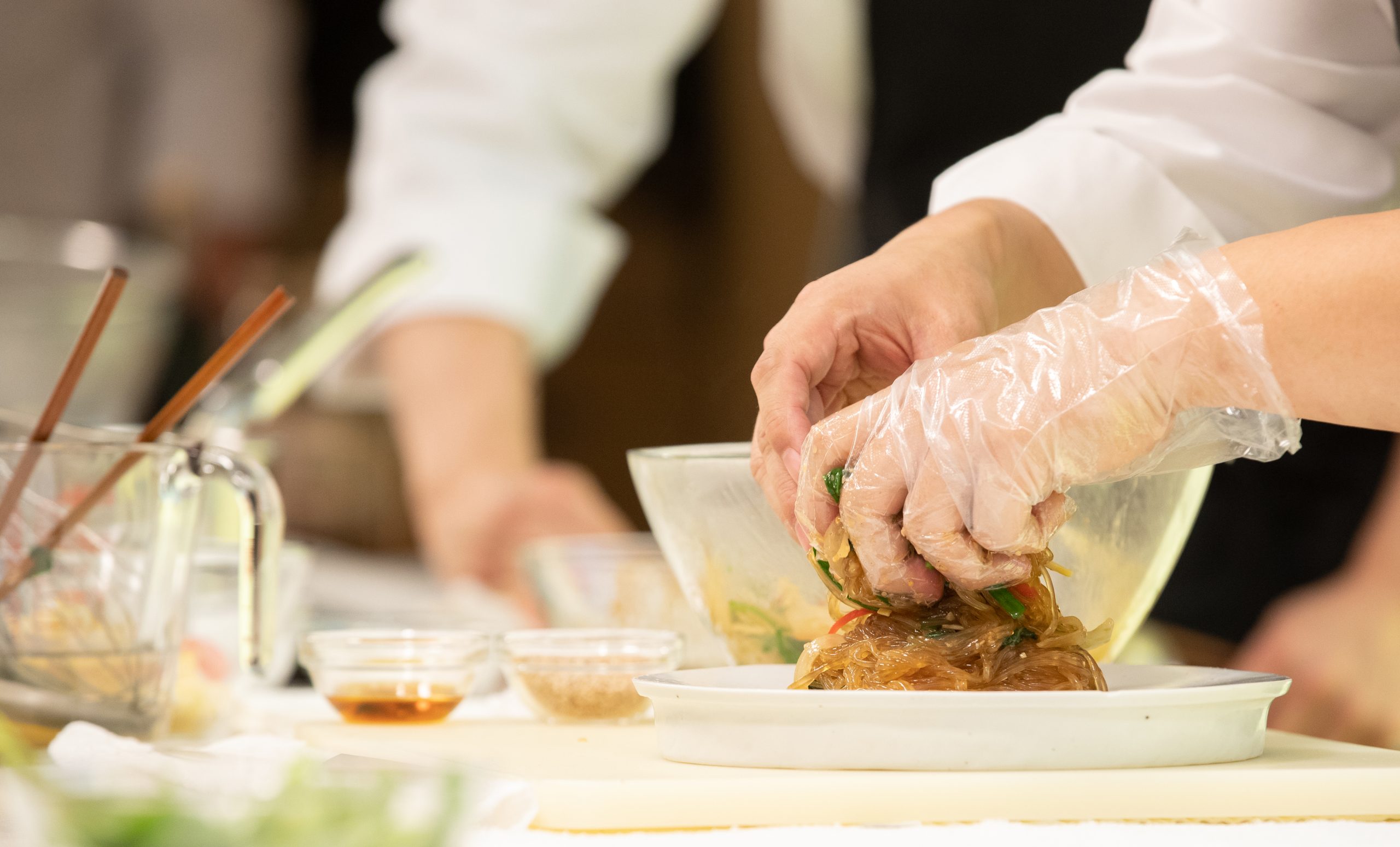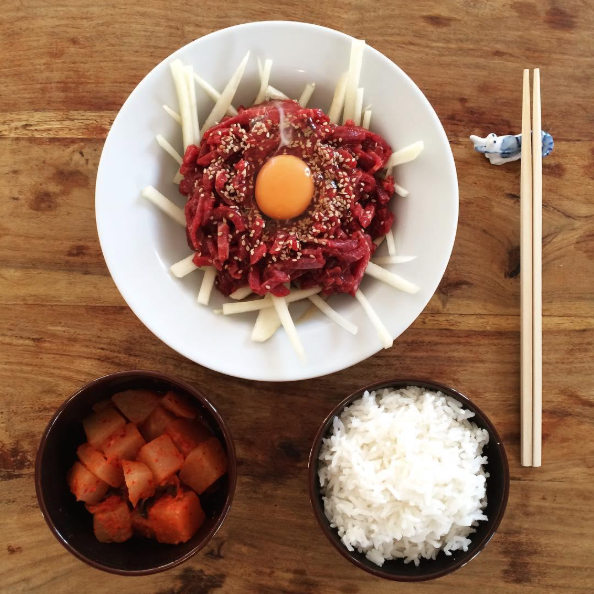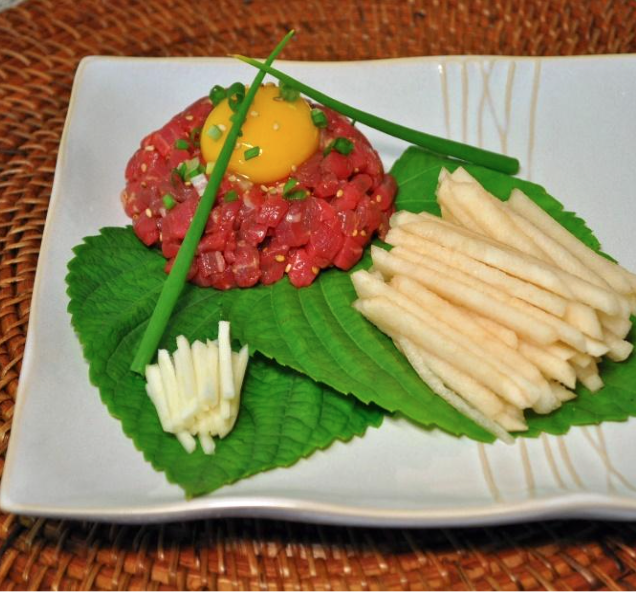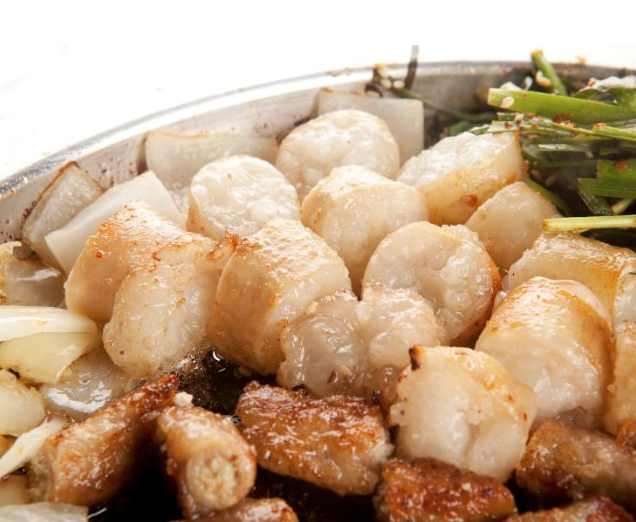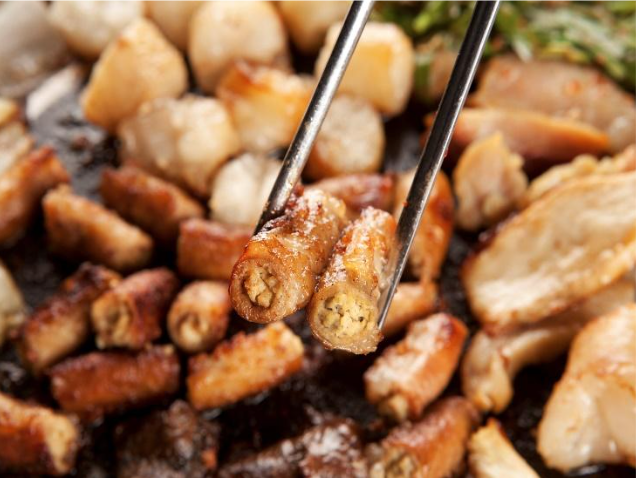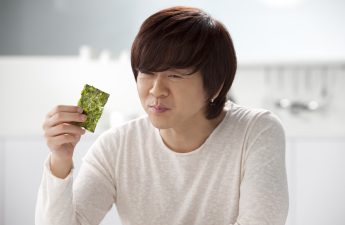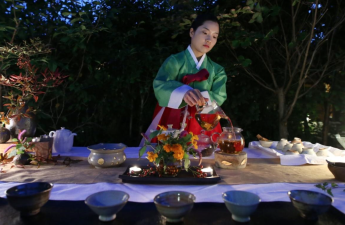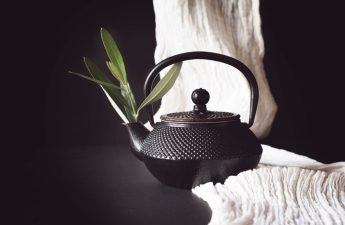Korean cuisine, as part of Asian, is very different from Ukrainian and European in general. And there are several reasons for this, such as significant differences in the main ingredients, consumption culture, the price range of products, cooking methods, and others. The basis of any Korean dish is its healthiness. Every meal should consist of main and side dishes, the combination of which will not only bring taste pleasure but also will saturate with various microelements and vitamins.
In addition, the philosophy of the five elements (water, fire, wood, earth, and metal), which is the foundation of everything that exists, plays a vital role in Korean dishes cooking. This philosophy is of Chinese origin. People believed that harmony could be achieved by combining and applying all these elements in life, and in the case of removing at least one element, life becomes impossible. In terms of cooking, the five elements represent flavors: bitter, sour, sweet, spicy, and salty.
The brilliance of Korean cuisine is that it perfectly depicts the Koreans as a nation. Palli-Palli culture (빨리 빨리) means: do everything fast, at the highest level, give relish to a dish by adding something beneficial for the body; and you will get traditional Korean food. It’s easy to cook, contains the right proportions of spices, and has a rich unforgettable taste. Although many may not like it at first, it is worth a try, and you will not be able to give it up after some time.
I’ll tell you about 7 Korean dishes you probably haven’t heard of before to diversify.
Korean Tartar or Yukhoe – 육회
육 – meat, 회 – raw. The most common type of beef used for Yukhoe is a raw beef cut from the back leg. It is chopped in any convenient way and marinated in soy sauce with the addition of honey, sugar, and sesame oil. You can also add ginger or garlic, a variety of spices by preference. In many restaurants, Yukhoe is served cut into strips of pear and egg yolk. The yolk is mixed with the beef and is eaten with pear stripes. Many Koreans prefer to enjoy the incredible taste of Yukhoe with soju.
Beef is famous for its unique benefits as it contains many vitamins and minerals and has a lot of protein and few carbohydrates. Thanks to the absence of heat treatment, beneficial marble meat is fully digested. Gourmets claim that raw beef has excellent taste.
Gopchang (곱창)
A Korean delicacy that is made from the small intestine of cattle. After thoroughly cleansing, it is marinated with garlic, ginger, onion, and two types of peppers, ordinary and Korean. The dish has an unusual texture and rich taste. In the old days, it was often eaten after heavy physical labor to full oneself, as the dish is high-calorie. It was considered to be particularly useful for those who have diabetes, body intoxication, and in general, for the skin.
Steamed egg in a Korean pot — Ttukbaegi gyeranjjim(뚝배기 계란찜)
It is cooked over medium heat in a thick-bottomed Korean clay pot that allows the dish to stay hot for a long time. Various vegetables or broth are added by preference. The texture of the omelet is tender and delicate. In many cafés, this kind of egg soufflé is served as a side dish to the main dish.
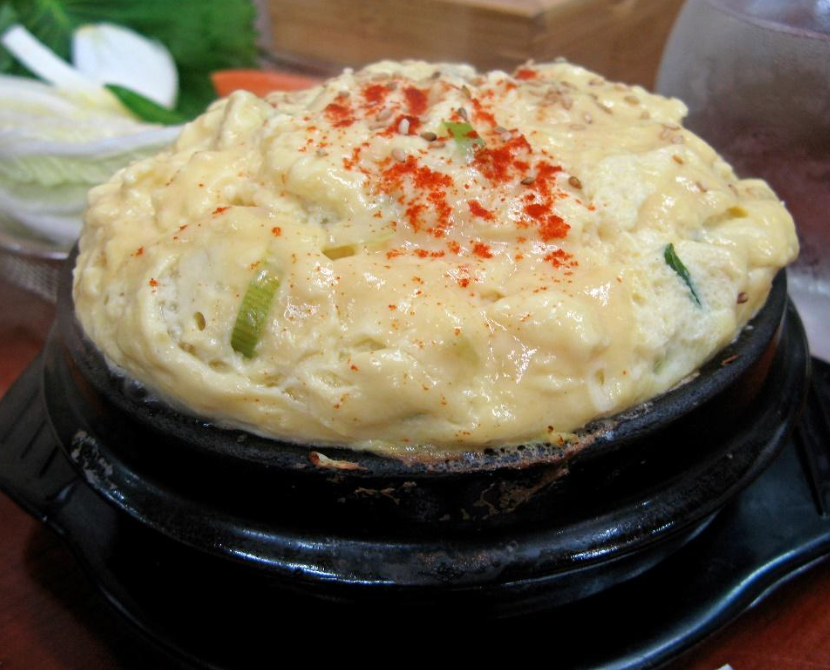
San-nakji – 산낙지
“Live” octopus’ tentacles. The scene isn’t for the faint-hearted but the courageous ones. There are some cases of deaths from this dish, although they cannot compete with the number of lethal results from poorly prepared fugu fish.
It is served with soy sauce and sesame seeds. Soy sauce is the secret ingredient for octopus revitalization, which causes muscle contraction.
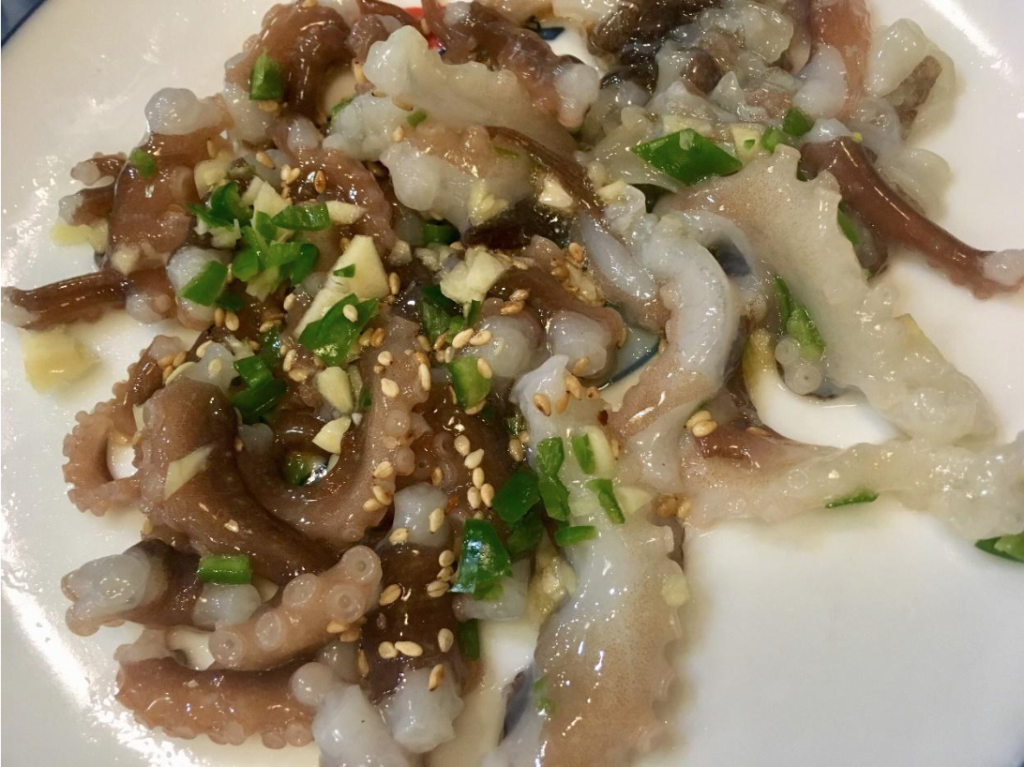
The benefits of raw octopus are a large amount of protein, valuable micro-, macro-elements, and vitamins. Zinc, contained in this seafood, slows down the skin aging processes, strengthens the immune system, and improves digestion, brain, and nervous system functioning.
Seolleongtang – 설렁탕
The soup is based on thick beef broth, which is cooked for about 10 hours and gives a beautiful milky white color. People usually eat it in winter.
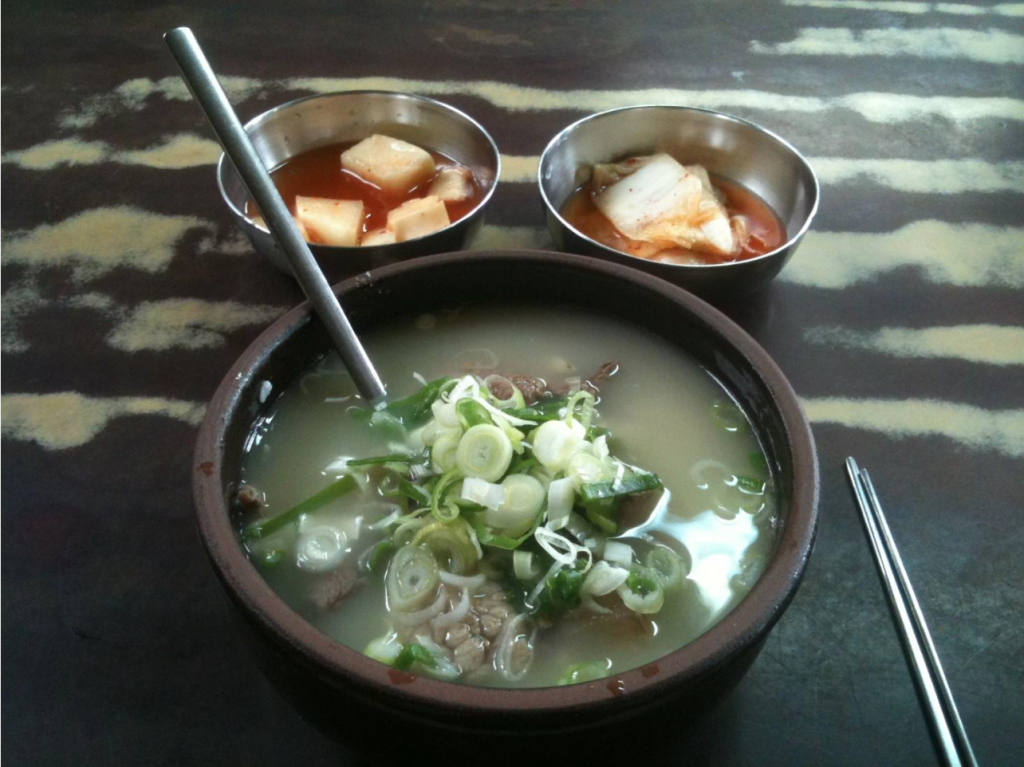
There are several theories about the etymology of the soup’s name. The most common one is that during the Joseon period, the king gave the order to invent a dish with a minimum number of ingredients, but thanks to this, a lot of people could have been fed. That’s the origin of the Seoneongtang “선농탕”, which, over time, became known as Seolleongtang.
The interesting fact: There are quite a lot of people that consider Ukrainian broth for Holodets similar to Seolleongtang.
Quail eggs in soy sauce – Mechurial jangjorim (메추리일 장조림)
This Korean favourite snack is prepared quickly and easily. The taste of the eggs depends on the quality of the soy sauce, and the soy reduction gives the dish a richer flavor and aroma. This preparation allows you to keep it in the container for a long time.
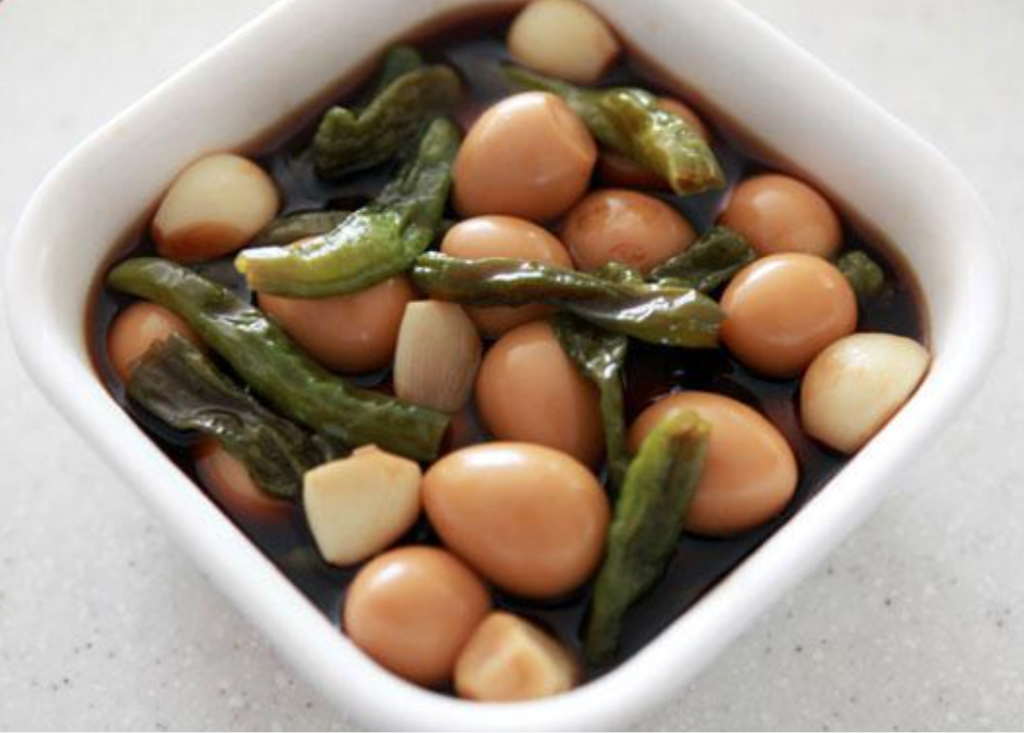
It often goes in tandem with cooked beef.
Haejang-guk – “hangover” fish soup (해장국)
The dish has been known since Goryeo Dynasty as “sonjutan” – something that destroys alcohol. The modern name appeared during the Joseon period. This soup is especially appreciated after a well-held corporate event, but people who don’t drink alcohol also love its rich and spicy taste. Most eating establishments serving Hejang-guk are open around the clock; that’s why many people prefer to have it for dinner.
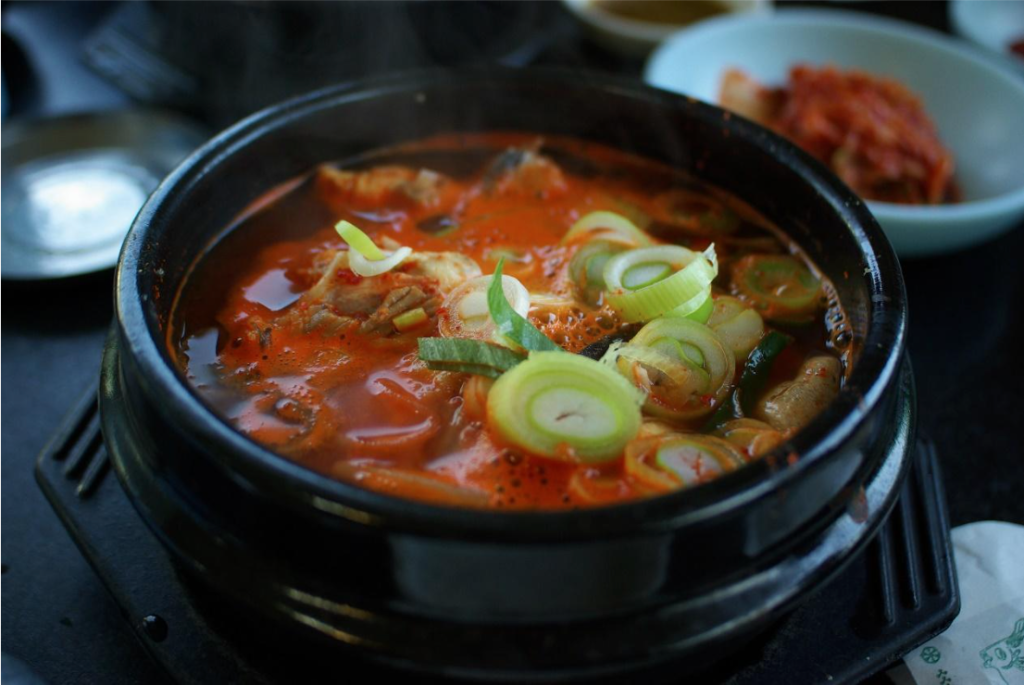
There are many variations of this fish soup, depending on the region. In Seoul, the soup is prepared based on Doenjang paste – 된장 and broth from cow bones. In Jeonju, they add sprouts of soya, rice, and kimchi. After finishing the cooking process, a raw egg, sesame, fermented shrimp, and various spices are added to the separate serving plates.
Author: Anastasiia Holonko
1